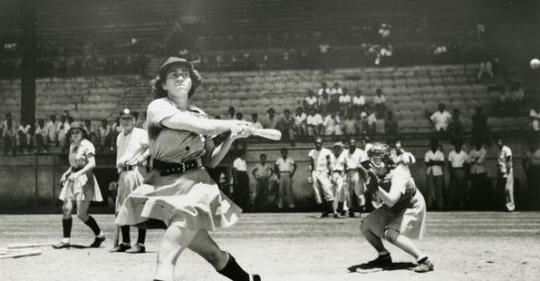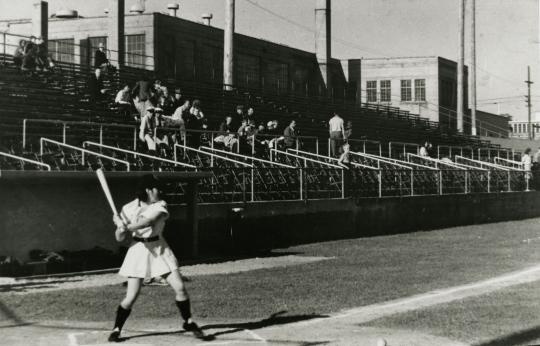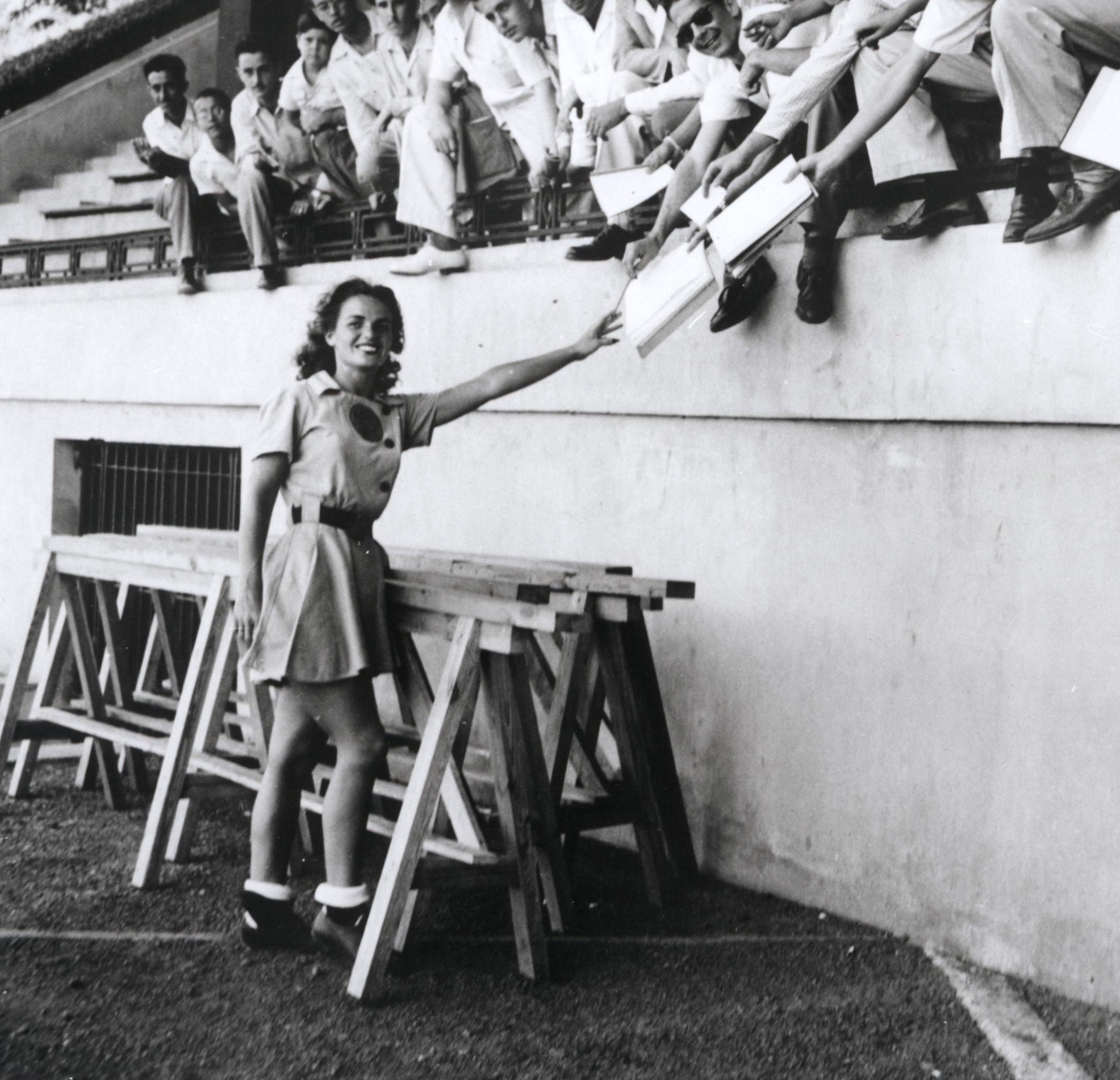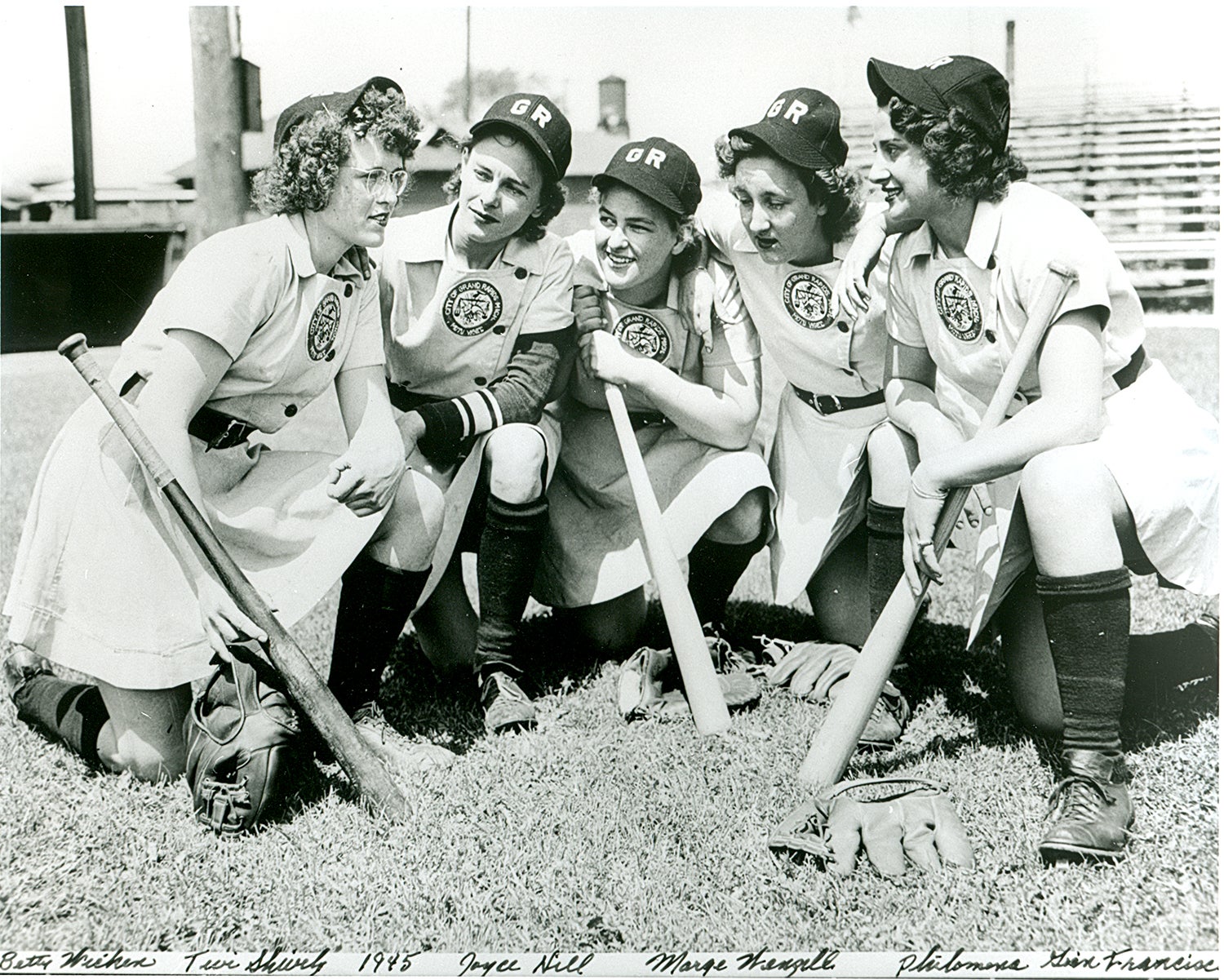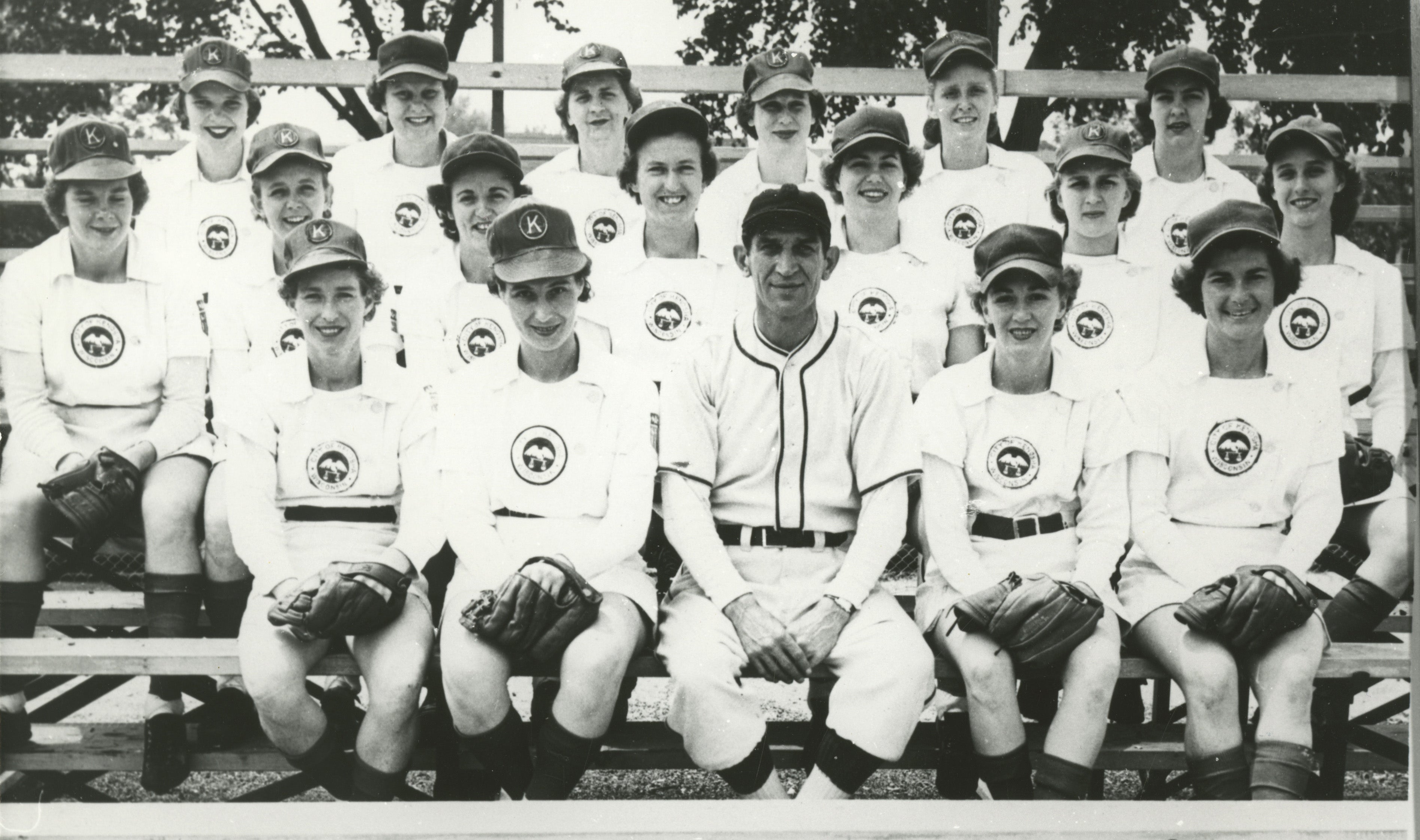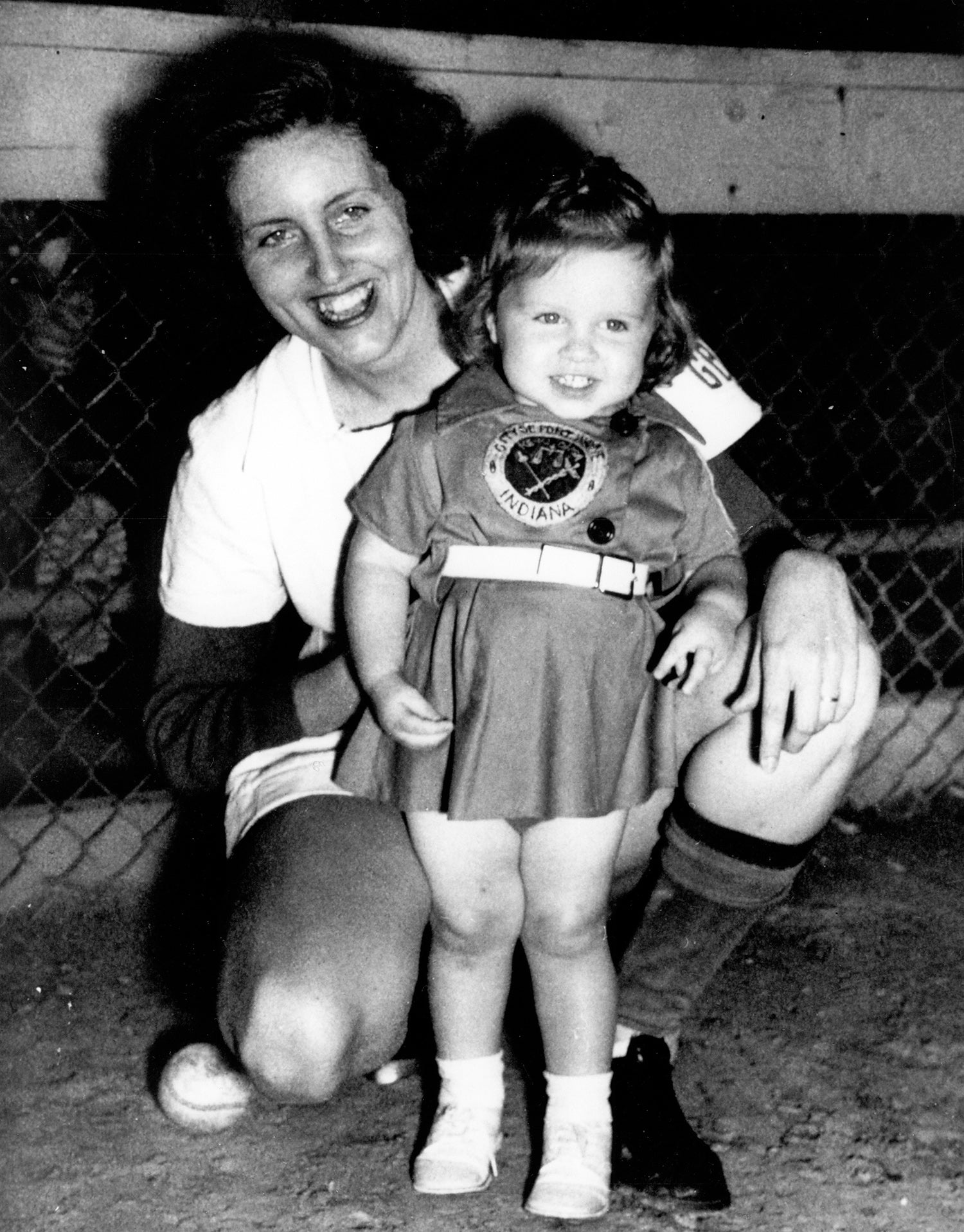- Home
- Our Stories
- #Shortstops: Picture the Future
#Shortstops: Picture the Future
The movement for gender equality in sports is often credited to the passage of Title IX in 1972 and to the on-and-off field heroics of Billie Jean King, Nancy Lopez and other trailblazers in the latter half of the 20th century.
But long before Title IX or any of the subsequent pioneers, women were breaking ground in professional baseball. During World War II and well into the 1950s, the All-American Girls Professional Baseball League proved that women belonged.
Hall of Fame Membership
There is no simpler, and more essential, way to demonstrate your support than to sign on as a Museum Member.
Official Hall of Fame Apparel
Proceeds from online store purchases help support our mission to preserve baseball history. Thank you!
“I think there’s a definite place in sports for women, and we opened the gate for that.”
When Alma Ziegler, a former standout AAGPBL infielder and pitcher, spoke those words in a 1995 interview with a University of Wisconsin student, she understood the magnitude of her league, the path it had paved for female athletes.
Today, Team USA has a women’s baseball national team. There are grassroots organizations across the country that allow girls to get into the game, letting them know that softball is not their only option. Several women have broken barriers and played at the collegiate level on men’s teams.
But in 1942, those opportunities for women did not exist – until the creation of the AAGPBL.
With Major League Baseball disbanded due to World War II, the league’s brass were scrambling. Many players had been drafted and owners was concerned about the potential collapse of leagues across the country.
In stepped Philip K. Wrigley, determined to keep baseball in the public eye. The chewing gum mogul and several other baseball executives, including Branch Rickey, began the league in 1943. Tryouts for the All-American Girls Softball League – ‘softball’ would be changed to ‘baseball’ midway through the inaugural season, the first of several rule-clarifying name changes – took place at Wrigley Field in Chicago, with more than 200 women invited to try out. Sixty were selected for the league roster.
While it provided a unique opportunity for female athletes, the AAGPBL was far from perfect. Women were selected not only based on skill, but also by their femininity. Players had to wear skirts as uniforms, and hair and makeup were to be perfected before games. The league was segregated, and African-American women were excluded from trying out.
Still, the league was popular among fans, especially in its early years. Attendance peaked in 1948, when the league’s 10 teams drew 910,000 paid fans in a season. In the years immediately following World War II, teams often drew more than 2,000 fans per game, and 10,000 people reportedly turned up to watch a July 4, 1946 doubleheader in South Bend, Ind.
Eventually, popularity decreased, largely due to the decentralization of the league. After the 1950 season, teams became independently owned and operated, a primary reason for the league’s folding in 1954.
Ziegler played in the AAGPBL from 1944 until the league ended in 1954. Her career spanned almost the league’s entirety — she played her rookie year with the Milwaukee Chicks before the team moved to Grand Rapids, where she played until 1954. Her peak pitching seasons came in 1950 and 1951, when she posted 19-7 and 14-8 records and 1.38 and 1.26 ERAs, respectively.
After her playing days came to a close, Ziegler began a career as a court clerk, retiring in Los Osos, Calif. She remained an avid golfer and was an active participant in Meals on Wheels, helping elderly citizens in her community. She died on May 30, 2005.
By then, the league finally had its story told. The 1992 film A League of Their Own revitalized the AAGPBL in the public eye and brought much-deserved recognition to the women who paved the way for so many, both on and off the field.
“I did not think I was pioneering because I always [played baseball],” former AAGPBL player Toni Palermo said in 2009. “But as I look back now, it absolutely opened doors.”
Kristen Gowdy was the 2014 public relations intern in the Frank and Peggy Steele Internship Program at the National Baseball Hall of Fame and Museum

